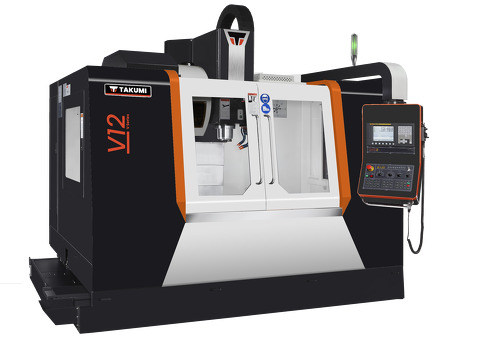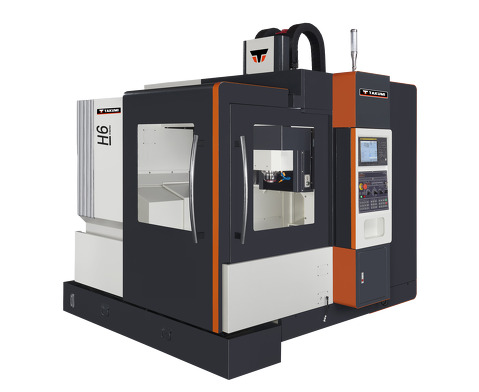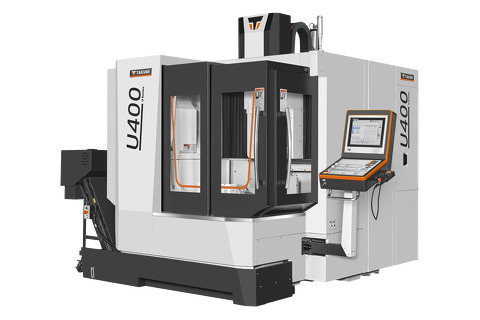- Machining center
- Control
- News & Media
- Company
- Blog
- Contact
Understanding Industry Production Standards for Optimal High Speed Machining Performance
In today's competitive manufacturing landscape, understanding industry production standards is crucial for achieving optimal high speed machining performance. According to a report by Market Research Future, the global high speed machining market is expected to reach USD 49.5 billion by 2023, driven by advancements in technology and the growing demand for precision engineering. As manufacturers strive to enhance efficiency and reduce cycle times, sourcing high-quality suppliers becomes imperative. A reliable supplier can significantly impact not only the speed but also the quality and accuracy of machined components.
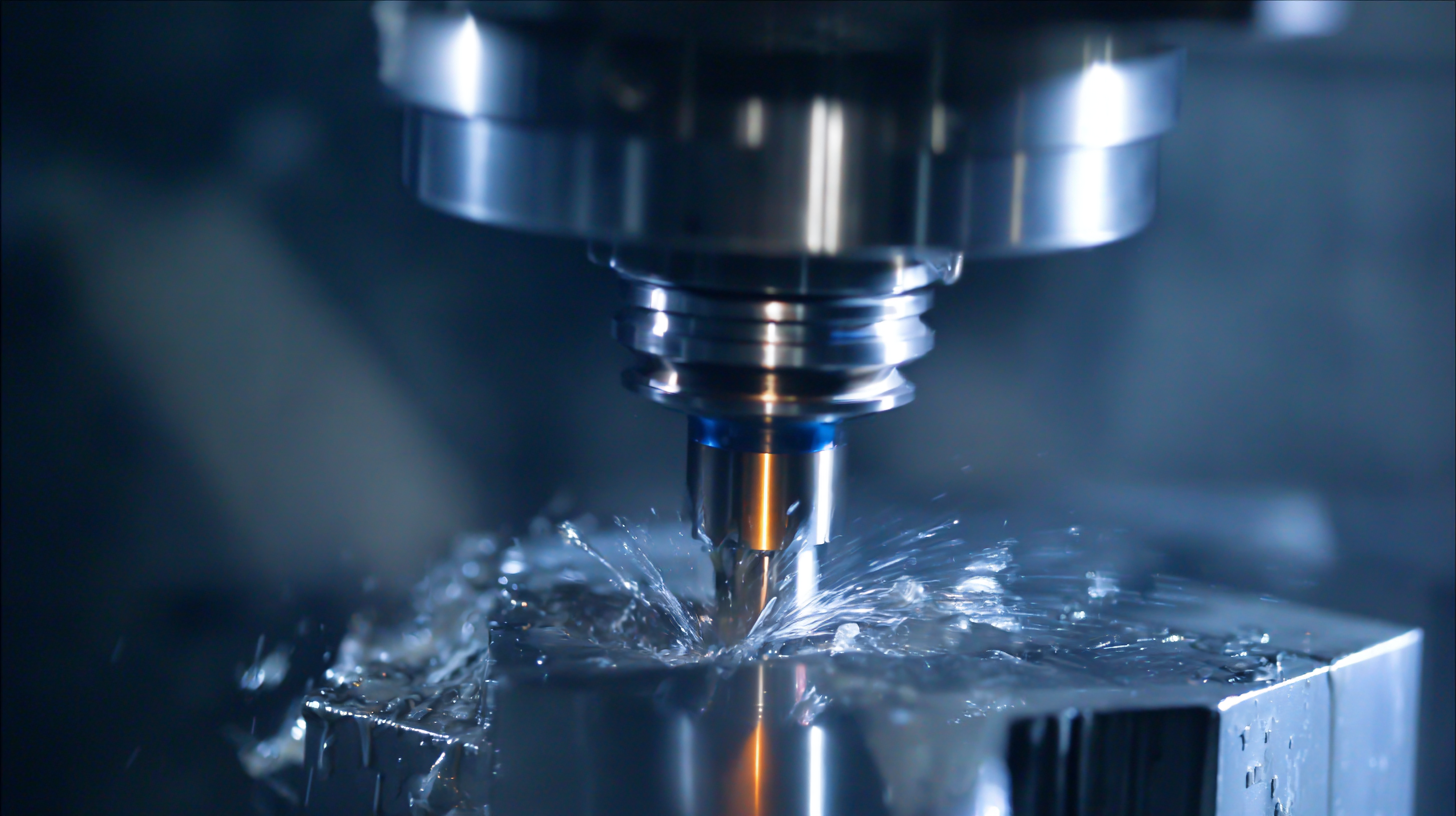
This ultimate guide aims to equip industry professionals with the necessary insights and strategies to identify and partner with esteemed suppliers, ensuring that they meet the stringent demands of high speed machining while maintaining compliance with production standards.
Characteristics of Various Product Types in High Speed Machining
High-speed machining (HSM) has revolutionized manufacturing processes across various industries by significantly improving efficiency and precision. Different product types, such as aerospace components, medical instruments, and automotive parts, each demand specific considerations in their machining processes. For instance, according to a recent report from the American National Standards Institute (ANSI), aerospace components typically require materials that can withstand extreme conditions, leading to the use of titanium and high-strength aluminum alloys. These materials benefit from HSM techniques that reduce tooling wear while maintaining dimensional accuracy.
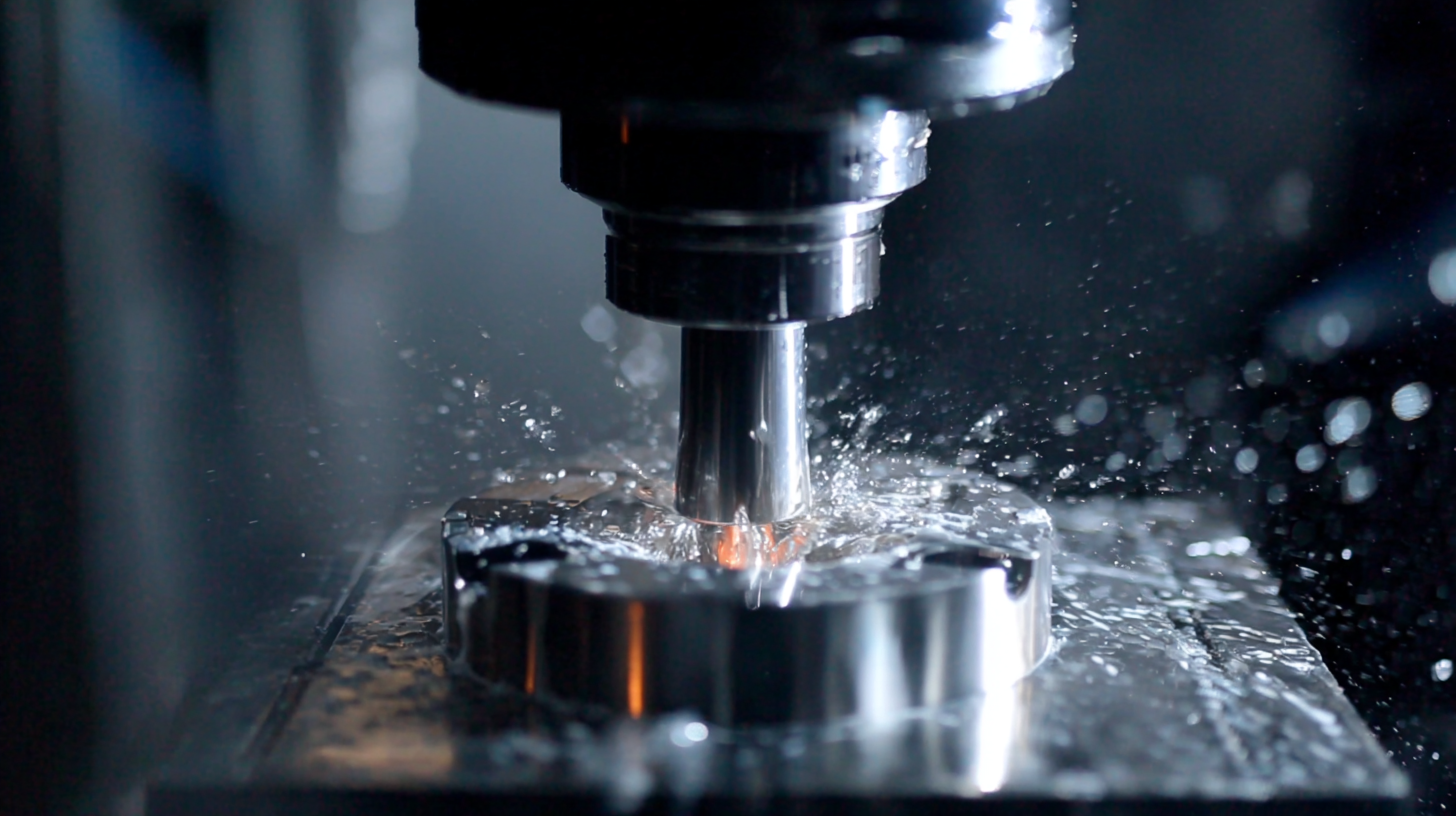
Moreover, the characteristics of products like medical instruments emphasize the importance of surface finish and structural integrity. A study by the National Institute of Standards and Technology (NIST) highlighted that precision machining of stainless steel and other bio-compatible materials at high speeds can enhance the surface quality, which is crucial for minimizing bacterial adhesion. Additionally, automotive manufacturing is increasingly leaning towards lightweight materials to improve fuel efficiency, where HSM is essential for processing composites and aluminum structures effectively. These industry-specific characteristics notably influence the choice of tooling, machining strategies, and the overall production standards necessary for optimal performance in high-speed machining settings.
Applications of High Speed Machining Across Different Industries
In the realm of high-speed machining, various industries are leveraging advanced technologies to enhance productivity and precision. For instance, the adoption of advanced sensor systems in grinding operations has transformed how manufacturers achieve exact dimensions in finished products. Research indicates that implementing these sensor technologies can improve machining accuracy by up to 25%, significantly reducing the time taken for finishing processes and minimizing waste.
Moreover, the optimization of woodcutting processes using zirconia-toughened alumina has revealed crucial insights into the performance and mechanical behavior of ceramic cutting tools. According to recent studies, these tools not only exhibit improved wear resistance but also enhance cutting efficiency, thereby minimizing downtime in industrial applications. Industries utilizing such innovative materials are experiencing productivity gains, with some reports suggesting an increase in output by nearly 30%.
In the context of difficult-to-machine alloys, the development of advanced lubricating and cooling techniques is essential for enhancing tool life and machining efficiency. The cutting fluid market is expected to see considerable growth, reflecting trends that show a projected increase in demand for high-performance cutting fluids that extend the longevity of tools in high-stress environments. With superalloys being widely adopted across sectors for their strength and heat resistance, companies are focusing on effective thermal management to ensure optimal performance during machining operations.
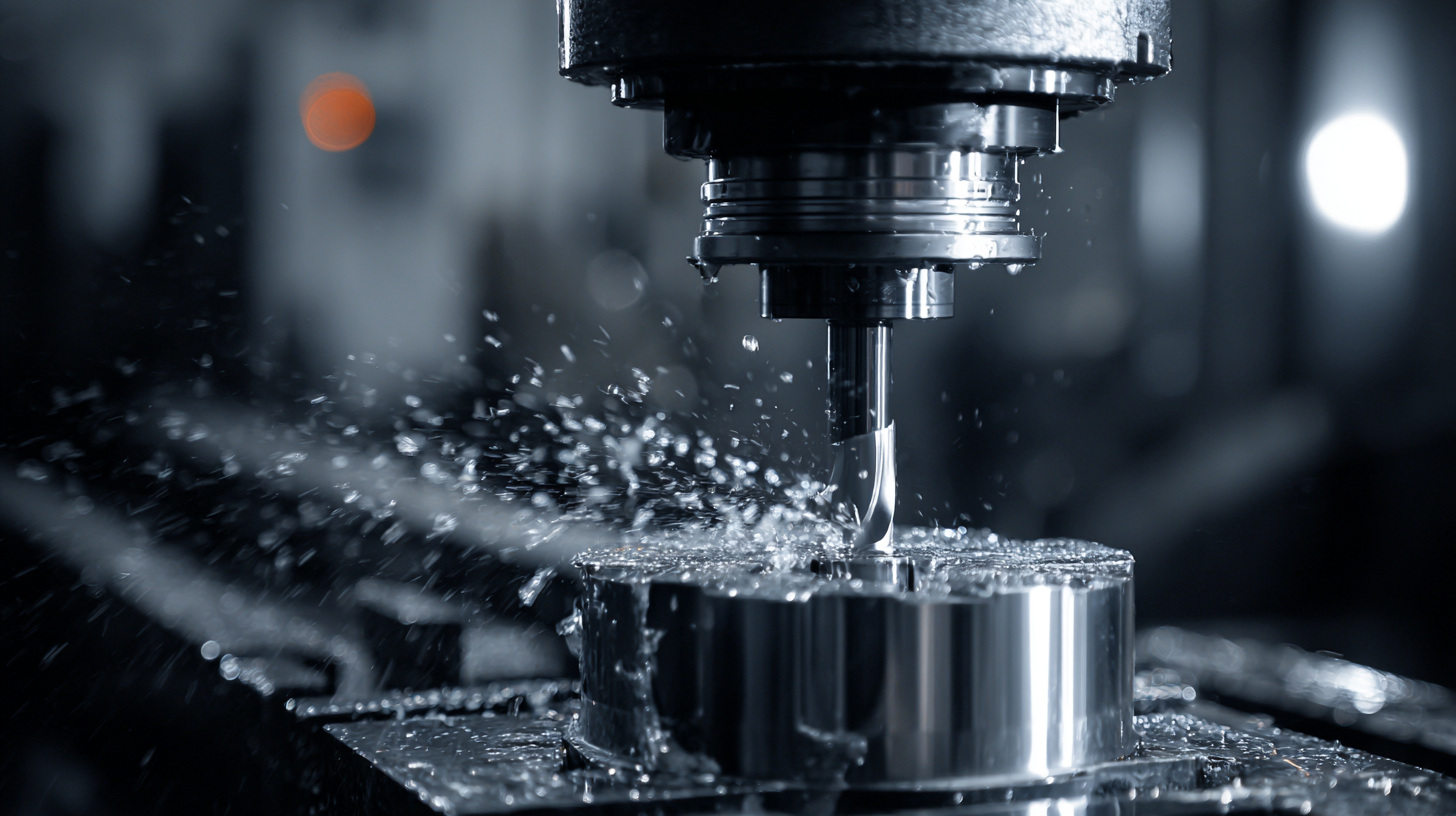
Factors Influencing Material Selection for High Speed Machining Products
Material selection is a critical factor influencing the performance of high-speed machining products. The choice of materials directly impacts machinability, tool wear, and overall productivity. Recent studies show that superalloys, known for their robust strength and high resistance to heat and corrosion, are increasingly preferred in demanding environments where high-speed machining is essential. Their unique properties ensure better durability and efficiency, minimizing downtime due to tool failure.
Furthermore, advancements in machine learning have started to influence material selection processes significantly. For instance, the development of transparent models that link composition, grain size, and performance metrics for WC-based cemented carbides has enhanced our understanding of how different material properties affect machining outcomes. These AI-led initiatives can provide predictive insights into machinability and performance, ensuring that manufacturers can choose the most suitable materials based on specific production needs and operational conditions.
The rise of additive manufacturing techniques, particularly those employing continuous carbon fiber reinforced composites, has also revolutionized material choices in high-speed machining. Research indicates that these composites deliver superior mechanical properties compared to traditional materials, offering a multi-faceted approach to meeting the rigorous demands of high-speed machining applications. Thus, integrating innovative material technologies and advanced selection methods is essential for optimizing high-speed machining performance across various industries.
Comparative Analysis of Standard Requirements for Different Product Categories
The global luxury goods market is projected to grow from $284 billion in 2023 to $392 billion by 2030, reflecting a compound annual growth rate (CAGR) of 4.7%. This upward trend emphasizes the importance of adhering to industry production standards to ensure optimal performance and quality across various product categories. Particularly, as India mandates that 371 categories of imported goods meet its standards, the enforcement of these regulations will likely shape competitive dynamics and drive compliance costs within the luxury sector.
Future Trends in High Speed Machining and Their Impact on Product Development
The landscape of high-speed machining is evolving rapidly, driven by advancements in technology and shifting market demands. As industries seek to enhance efficiency and precision, the integration of innovative methods such as additive manufacturing is becoming increasingly prominent. This is particularly relevant as the global seafood market and other sectors demonstrate robust growth, anticipating significant gains in market size that reflect a broader trend towards optimization in production processes.
The convergence of high-speed machining with these emerging technologies not only revolutionizes traditional methods but also paves the way for new product development avenues.
Future trends suggest that as additive manufacturing continues to permeate various industries, we will witness enhanced capabilities in customization and rapid prototyping. This trend is vital for meeting consumer demands more effectively and efficiently, fostering a culture of innovation. As companies leverage high-speed machining in conjunction with these advancements, they can expect to see reduced lead times and improved product quality. The anticipated rise in market size across multiple sectors underscores the importance of adapting to these technological shifts, ensuring that businesses remain competitive in a fast-evolving economic landscape.
